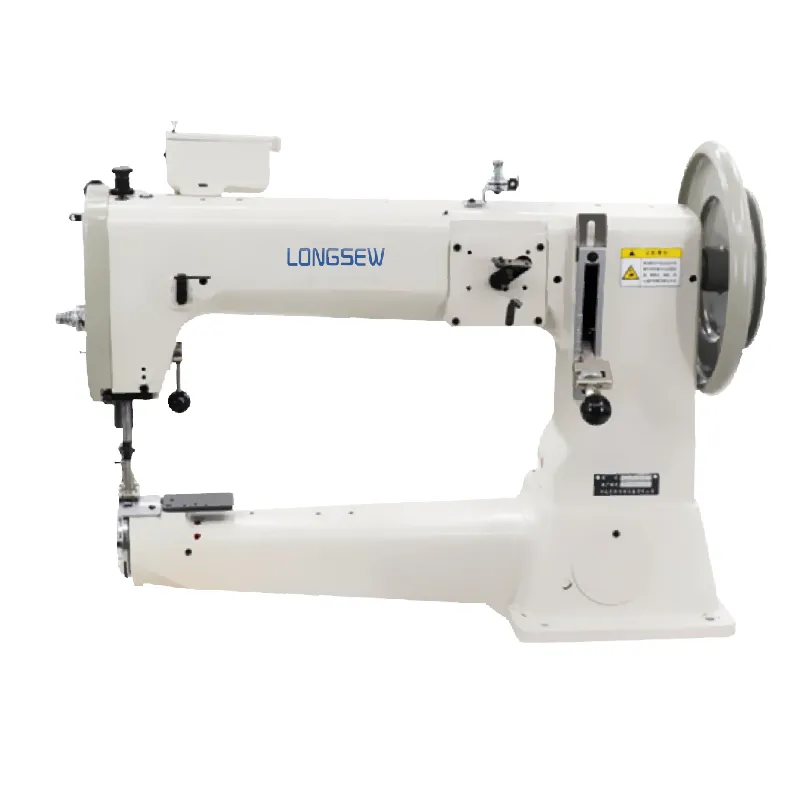Innovative Sewing Machines for Effortless Auto Stitching and Seamless Fabric Handling
The Evolution and Impact of Auto Sewing Machines
In today's fast-paced world, automation has touched nearly every aspect of our lives, from transportation to communication and beyond. One of the most significant advancements in the realm of textiles and garment production is the auto sewing machine. These machines have revolutionized the fashion industry, enhancing productivity and offering new possibilities for design and manufacturing. This article delves into the evolution of auto sewing machines, their features, and their impact on the fashion industry and society as a whole.
The Evolution of Sewing Machines
Sewing machines have a long and fascinating history, dating back to the early 19th century. The first practical sewing machine was created by Elias Howe in 1846, which used a lockstitch mechanism. Following this, Isaac Singer improved upon Howe’s design, making sewing machines more accessible to the general public. However, it was not until the advent of electric sewing machines in the 20th century that the sewing industry began to see significant changes. The introduction of auto sewing machines marked the next step in this evolution.
Auto sewing machines emerged in the mid-20th century as manufacturers sought ways to increase production efficiency. These machines come equipped with advanced technology that automates various sewing processes, allowing for faster and more accurate stitching. The integration of computer technology enabled features like automatic threading, stitch selection, and adjustments to fabric thickness, making sewing not just easier but also more precise.
Features of Auto Sewing Machines
Modern auto sewing machines boast a wide range of features that cater to both professional and home sewers. One of the standout characteristics is their ability to perform multiple functions. For example, many models can sew, embroider, and quilt, all in one machine. This versatility eliminates the need for separate devices, saving both space and costs.
Another important feature is the programmable settings. Users can input specific patterns and designs, and the machine will automatically make the necessary adjustments to execute each task. This capability is particularly beneficial for those in garment manufacturing, where consistency and speed are paramount. Moreover, enhanced safety features, such as automatic needle stops and pressure foot lifts, ensure that the sewing process is not only efficient but also safe.
auto sewing machine

The Impact on the Fashion Industry
The introduction of auto sewing machines has had a profound impact on the fashion industry. The most obvious benefit is the increase in productivity. Manufacturers can complete a greater volume of work in a shorter time frame, allowing for faster turnarounds from design to production. This speed is essential in the fast-fashion market, where trends change rapidly, and consumers demand new styles almost on an instantaneous basis.
Additionally, auto sewing machines have democratized fashion production. Small businesses and independent designers can now invest in these machines and compete with larger manufacturers. This shift has led to a diversification of offerings in the market, with unique and innovative styles emerging from unexpected sources. Creatives who may have previously been limited by resources can now explore their ideas more freely, knowing that they have the tools to bring their visions to life.
Social Implications
Beyond industrial and economic benefits, auto sewing machines have social implications as well. The ability to automate sewing tasks has raised discussions around labor practices in the garment industry. While automation can lead to job displacement, it also creates opportunities for employees to focus on more skilled and creative aspects of garment production. Education and training in advanced sewing and design techniques become essential to ensure that workers can adapt to the changing landscape of the fashion industry.
Moreover, the rise of auto sewing machines aligns with sustainability movements. By increasing the efficiency of garment production, waste can be reduced, and resources can be utilized more effectively. Many manufacturers are now exploring eco-friendly materials and processes, which could lead to a more responsible fashion industry overall.
Conclusion
In conclusion, auto sewing machines represent a significant leap forward in textile production, merging technology with the age-old craft of sewing. The evolution of these machines has transformed the fashion industry, enhancing productivity and creativity while also prompting critical discussions about labor practices and sustainability. As we advance further into the 21st century, the role of auto sewing machines will undoubtedly continue to grow, shaping the future of fashion in ways we are only beginning to understand.
-
Heavy Duty Leather Sewing Machine: A Must-Have for Professional LeatherworkNewsMay.28,2025
-
Leather Sewing Machine: Essential for High-Quality LeathercraftNewsMay.28,2025
-
Extra Heavy Duty Sewing Machine for Premium Leather ApplicationsNewsMay.28,2025
-
Walking Foot Cylinder Arm Sewing Machine: Precision and Power CombinedNewsMay.28,2025
-
Industrial Cylinder Arm Sewing Machine: Engineered for High-Performance StitchingNewsMay.28,2025
-
Cylinder Bed Sewing Machine: A Powerful Solution for Precision StitchingNewsMay.28,2025
-
Zigzag Sewing MachineNewsMay.12,2025





























